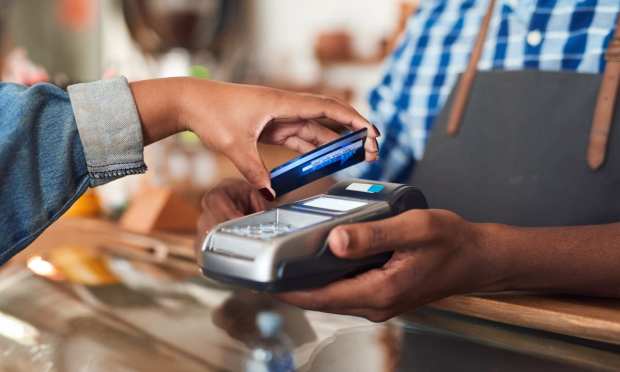Hospitality Builds A Bridge Connecting AP And Expense Management

The use of physical cash is dwindling among consumers, and the hospitality industry has been at the forefront of that shift as payments migrate towards cards. The change sets off a catalyst of payments digitization from the front to the back office, and the way that restaurants, hotels and other industry participants make payments themselves is beginning to take a similarly electronic shape.
Cards have been a staple in employee expense management for some time, with the biggest barrier being a company’s inability to issue cards on-demand for professionals to use. With technology quickly overcoming that hurdle, businesses are also finding it convenient to embrace card technology in another key area of business spend: accounts payable.
Speaking with PYMNTS, Plate IQ Chief Technology Officer and Co-Founder Ram Jayaraman and Product Manager, Payments, Apoorva Patki discussed the importance of card technology in spend management for the hospitality space and how card technology is blurring the lines between accounts payable (AP) and expense management to provide heightened visibility into the money leaving company accounts.
Targeted Card Use
The knock-on impact of a reduction in cash has had a profound impact on the ways businesses in the hospitality space provide funds to their own employees to spend on behalf of the company.
“The hospitality industry often requires petty cash for emergencies,” explained Patki. “But then the cash can go missing, and at times, you might not have cash on hand.”
Cash has always presented headaches, but with less physical money in the register, it can be challenging for managers to facilitate employee purchases when something comes up. On-demand card issuance technology eases that challenge while also providing the level of heightened insight into what those purchases are, when they were made and with whom.
Cards are at the center of Plate IQ’s newest solution, an expense management tool and connected Plate IQ Card that automatically captures transaction data while empowering managers to set rules and limits based on company policy.
That customization feature can be especially valuable for the hospitality industry, where employee spending can span widely in a range of categories. Patki noted the ability to develop category-specific cards to facilitate, for instance, gas purchases for companies with delivery services or a card which businesses can push tips for employees on to that had once been primarily cash-based.
Bridging The AP-Expense Divide
Plate IQ’s solution joins its existing accounts payable tool. Together, the products reflect a broader shift occurring in the B2B payments landscape in the hospitality sector and others — a blurring line that divides accounts payable and expense management.
“Some folks have been starting to call it spend management or cash flow management,” explained Jayaraman. “Towards the end of the day, you’re buying products and you’re going to pay for them. So, what’s the best and fastest way to do that with less work for everybody involved?”
Indeed, just as cards have become important facilitators of efficiency and digitization in the expense management arena, they are also gaining traction in accounts payable, especially as more businesses in the hospitality space embrace the convenience of card-on-file with their vendors.
Whether it’s an employee paying for Spotify services or the accounts payable department handling that purchase, the workflow is increasingly looking the same on either side. According to data provided to PYMNTS by Plate IQ, electronic B2B payments among hospitality-industry clients has increased by 300 percent between January 2020 and May 2021, with the COVID-19 crisis certainly boosting that shift.
Suppliers are more willing to accept cards, in particular, said Jayaraman, noting that Plate IQ now sees about a third of supplier payments paid electronically, via either virtual card, physical card or ACH.
As that volume grows, back-office managers will continue to seek further automation and efficiency in anticipation of the return of indoor dining and tourism. Whether a purchase involves invoice processing or not, businesses need a streamlined workflow, and increasingly, card technology can fit that mold with flexibility, control and data.
